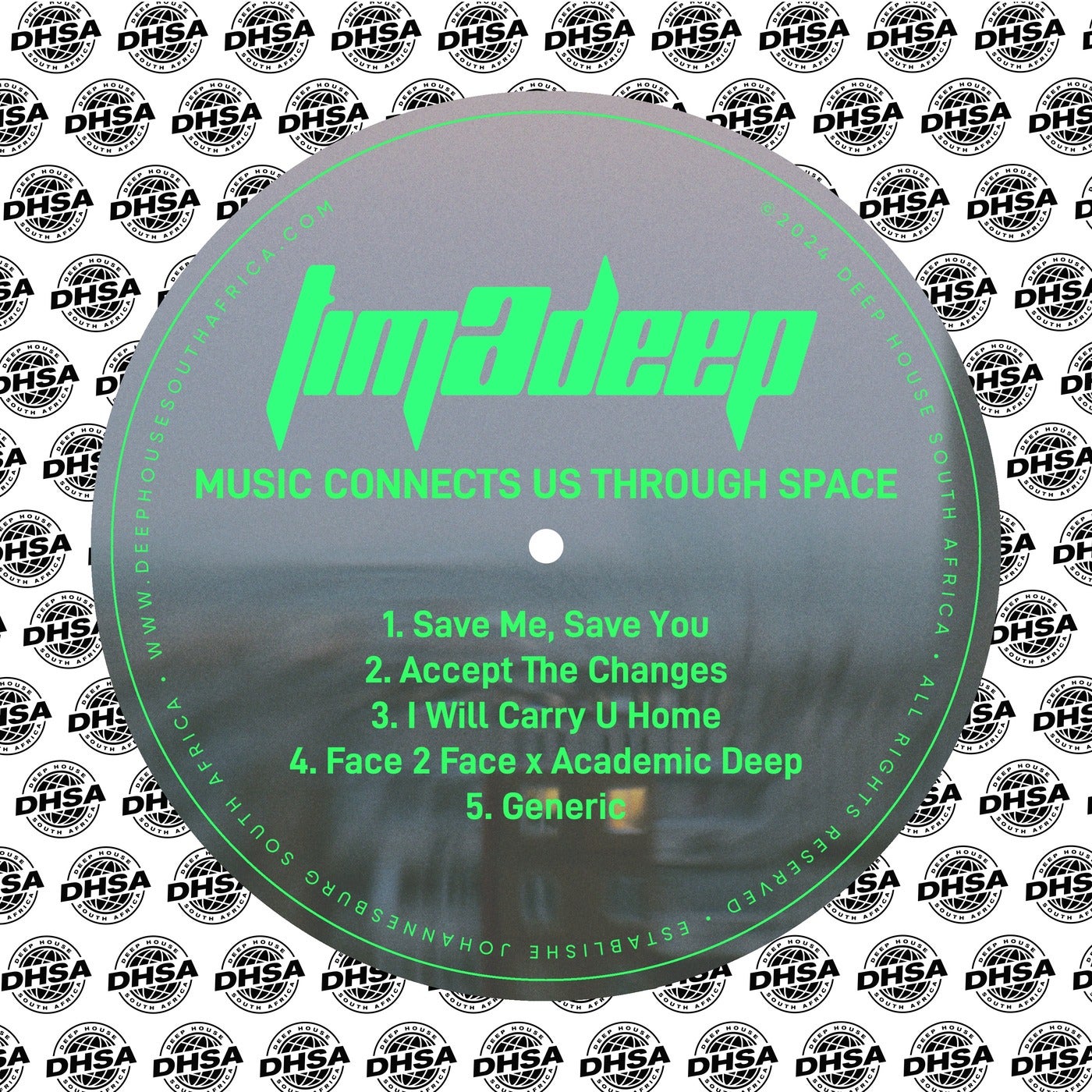Sound Perimeter: How Music Connects Us

Table of Contents
The Biological Basis of Musical Connection
The profound impact of music on our emotions isn't just a subjective feeling; it's grounded in our biology. Our neurological response to music explains, in part, the powerful sense of connection it generates. The shared experience of listening to music, especially rhythmically complex music, synchronizes brainwave activity, fostering a sense of unity and shared experience.
- Mirror neurons, the brain cells responsible for empathy, are activated when we witness others experiencing emotions. Listening to music together triggers these neurons, leading to a heightened sense of emotional contagion. We feel what others feel, creating a stronger sense of collective emotion.
- The release of oxytocin, the "love hormone," and dopamine, a neurotransmitter associated with pleasure and reward, significantly contributes to the positive feelings associated with shared musical experiences. This hormonal response reinforces the feeling of connection and bonding.
- Studies consistently demonstrate that engaging in shared rhythmic experiences, such as dancing or singing together, strengthens social bonds. This shared physiological response contributes directly to the feeling of collective identity within a "sound perimeter."
Music as a Cultural Unifier
Music isn't just sound; it's a powerful symbol of cultural identity and heritage. Musical traditions are passed down through generations, carrying stories, values, and beliefs. They act as a powerful sonic representation of a community’s history and shared experience. The "sound perimeter" expands beyond personal connections to encompass entire cultures.
- Traditional folk music, for example, often preserves and transmits cultural narratives, connecting individuals to their ancestral heritage and fostering a sense of belonging.
- Global music genres, like reggae, salsa, or K-Pop, demonstrate how musical styles transcend geographical boundaries, creating a sense of global community and fostering cross-cultural understanding.
- Large-scale music festivals, bringing together diverse musical traditions and artists, represent the epitome of intercultural communication and the expansion of the "sound perimeter". These festivals celebrate musical diversity while simultaneously fostering a sense of shared appreciation.
The Power of Music in Shared Rituals and Experiences
The power of music truly shines in shared rituals and experiences. From intimate gatherings to massive concerts, music shapes the emotional landscape of collective listening, generating strong bonds among participants. The "sound perimeter" is at its strongest in these shared moments.
- Concerts create a collective emotional release, fostering feelings of unity and shared catharsis among the audience. The collective energy amplifies the individual experience, creating a powerful, shared memory within the sound perimeter.
- Religious ceremonies use music to enhance spiritual experiences, reinforcing a sense of community and shared faith. The music becomes integral to the ritual, creating a sacred "sound perimeter" within the community.
- Community singing, whether in choirs, at social gatherings, or during protests, fosters a powerful sense of belonging and shared purpose. The act of singing together creates an immediate and tangible "sound perimeter."
- Group musical performances, from orchestras to bands, strengthens interpersonal relationships through collaborative efforts, shared goals, and a mutual appreciation for the musical process.
Building a Stronger Sound Perimeter: Practical Applications
Understanding the power of music to connect us provides opportunities to utilize its strength for positive social impact. We can actively build stronger “sound perimeters” in our communities:
- Music therapy leverages the therapeutic power of music to improve mental and emotional health, fostering connection within individuals and groups.
- Community music programs provide avenues for social interaction and creative expression, helping to bridge divides and foster social inclusion.
- Collaborative music-making projects encourage teamwork, shared goals, and improved communication skills, strengthening relationships within the participants' sound perimeter.
- Music education, from early childhood through adulthood, equips individuals with tools for self-expression, communication, and empathy, widening the potential for building strong connections.
Conclusion
The "sound perimeter," created by shared musical experiences, connects us on biological, cultural, and social levels. From the neurological responses that trigger feelings of empathy and pleasure to its role in cultural preservation and social rituals, music unites us in profound and multifaceted ways. The key takeaway is the undeniable power of music to build bridges, foster understanding, and create strong human connections.
Expand your sound perimeter today – attend a concert, join a choir, share music with loved ones, or participate in community music programs. Experience the profound power of music to connect you with others and enrich your life. Embrace the unifying force of music and strengthen the shared human experience that only a collective "sound perimeter" can create.

Featured Posts
-
 A Hidden Gem The Western Neo Noir Starring Dennis Quaid Meg Ryan And James Caan
May 21, 2025
A Hidden Gem The Western Neo Noir Starring Dennis Quaid Meg Ryan And James Caan
May 21, 2025 -
 Competitive Landscape Transformed Wtt Press Conference Announcement
May 21, 2025
Competitive Landscape Transformed Wtt Press Conference Announcement
May 21, 2025 -
 Appeal Launched Against 31 Month Sentence For Anti Migrant Social Media Post
May 21, 2025
Appeal Launched Against 31 Month Sentence For Anti Migrant Social Media Post
May 21, 2025 -
 Lack Of Funds Overcoming Financial Barriers
May 21, 2025
Lack Of Funds Overcoming Financial Barriers
May 21, 2025 -
 Quiz Geographie Explorez La Loire Atlantique A Travers Ce Questionnaire
May 21, 2025
Quiz Geographie Explorez La Loire Atlantique A Travers Ce Questionnaire
May 21, 2025
Latest Posts
-
 Wtt Star Contender Chennai A Detailed Look At Oh Jun Sungs Win
May 21, 2025
Wtt Star Contender Chennai A Detailed Look At Oh Jun Sungs Win
May 21, 2025 -
 Oh Jun Sung Wins Wtt Star Contender Chennai Match Highlights
May 21, 2025
Oh Jun Sung Wins Wtt Star Contender Chennai Match Highlights
May 21, 2025 -
 Wtt Star Contender Chennai Indias Unprecedented 19 Paddler Team
May 21, 2025
Wtt Star Contender Chennai Indias Unprecedented 19 Paddler Team
May 21, 2025 -
 Oh Jun Sungs Thrilling Wtt Star Contender Chennai Victory
May 21, 2025
Oh Jun Sungs Thrilling Wtt Star Contender Chennai Victory
May 21, 2025 -
 India Makes History 19 Paddlers At Wtt Star Contender Chennai
May 21, 2025
India Makes History 19 Paddlers At Wtt Star Contender Chennai
May 21, 2025
